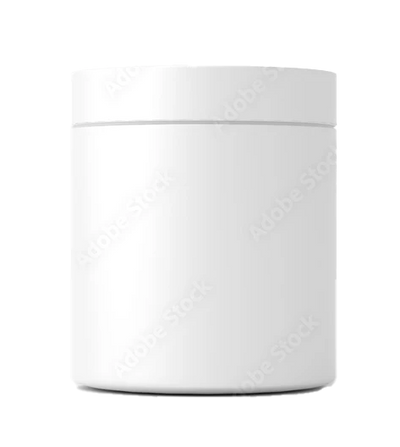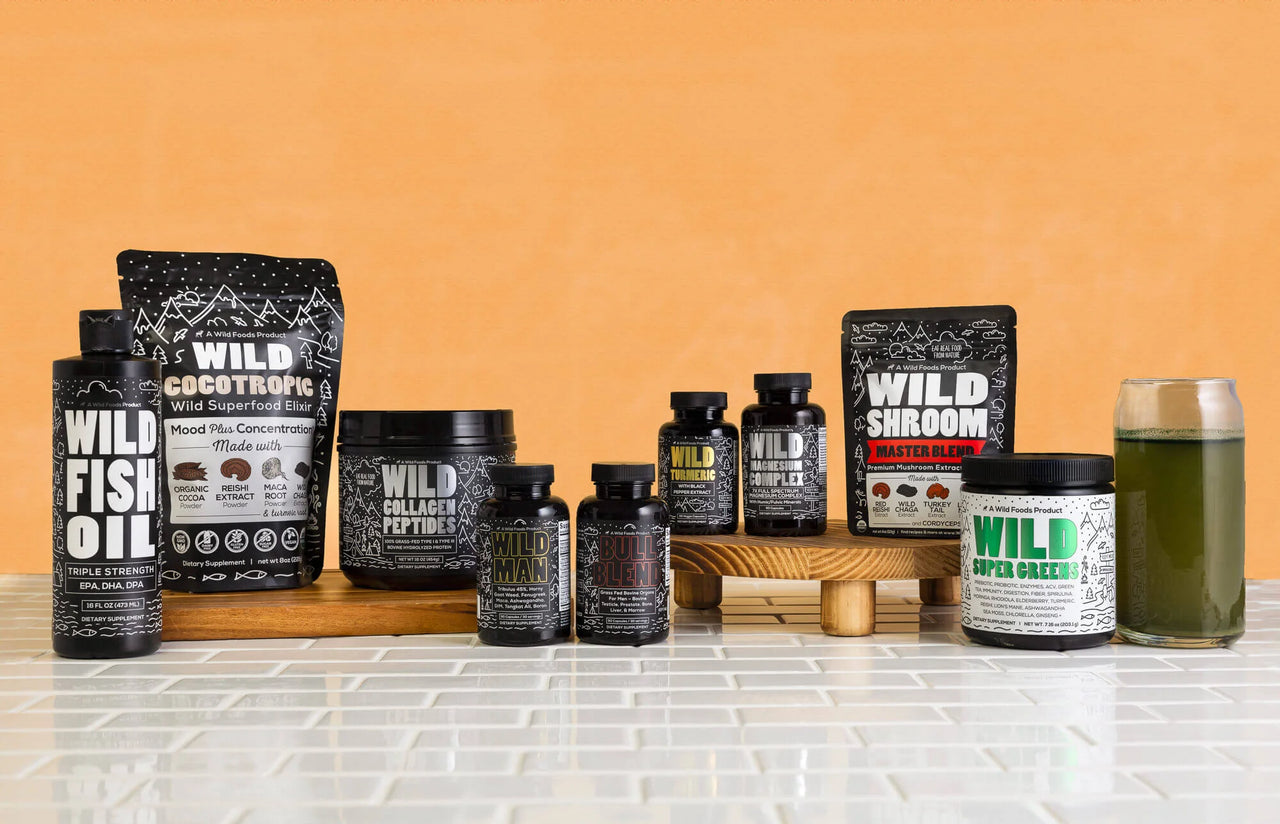Collagen is created from amino acids and amino acids make up protein. So collagen is a partial protein, not a complete protein. The body uses amino acids from protein-rich foods to create collagen. The body can use collagen peptides to create anything it needs, whether that's collagen or protein. When we consume protein-rich foods, we provide our bodies with the amino acids they need to produce collagen.
Your body makes its own collagen from the amino acids present in the proteins you consume. Eating protein is broken down into amino acids, which are then reassembled, so the collagen you consume is not directly converted into more collagen in your body. When collagen is broken down in your stomach, amino acids are distributed to where your body requires them the most.
Skin, muscles, bones, ligaments, tendons, and other connective tissues are all constructed from collagen, a protein critical to their function. Connective tissues throughout the body, such as skin, bones, muscles, tendons, and ligaments, comprise collagen, a structural protein. Collagen is the most prevalent protein in the human body and is found in bones, muscles, skin, and tendons.
Skin and bone extracellular matrices are composed of a large quantity of collagen, which is the predominant protein in mammals. A substantial percentage of the protein found in your body is collagen. The most prevalent type of collagen in your body is Type I collagen, which is present in skin and bone extracellular matrices.
Exogenous collagen is used in both medical and cosmetic applications, including body tissue repair. Collagen from humans and cows is frequently used as dermal fillers to treat wrinkles and aging skin. Body tissues are kept shaped, elastic, and strong with all types of collagen.
No human studies exist, but a few RCTs have shown that collagen supplements can improve skin elasticity. Various aging skin, bone density, joint health, and other issues have been studied in relation to collagen supplements. Little research has shown that eating collagen can directly improve skin or joint health. It has not been proven that eating collagen improves skin or joint health, as it is broken down during digestion.
Collagen supplements may help improve skin health, relieve joint discomfort, prevent bone loss, increase muscle size, improve heart health, improve intestinal and brain health, and aid in weight loss, irrespective of the fact that these supplements are said to tighten skin, combat age-related harm, improve bone health, and offer other advantages.
Hydrolyzed collagen, which is broken down into smaller peptides for easier absorption, is frequently found in collagen supplements. Several high-protein foods are thought to boost collagen production because they include amino acids like glycine, proline, and hydroxyproline, which create collagen. Collagen is present in various places in the body, including hair, skin, nails, bones, ligaments, tendons, cartilage, blood vessels, and guts.
90% of the collagen in the body is Type 1, which supports muscles, hair, skin, bones, and ligaments. Collagen fibers are what keep your body's parts together.
According to research, osteoarthritis may be alleviated by ingesting collagen, which is abundant in animal products such as bone broth, gelatin, chicken, and pork skin.
Your skin may benefit from consuming collagen if you have bone or muscle tissue that lacks the substance. As people get older, they lose collagen, which leads to less-firm skin, loose cartilage in joints, and other issues. Collagen, the scaffolding protein that gives skin its smoothness and elasticity, is diminished as people get older. With age, collagen production is decreased, resulting in a loss of skin firmness and other changes in the body.
Skin toughness, suppleness, and cell turnover are facilitated by collagen, which is one of the body's key natural resources. The connective tissues in the skin are supported by collagen, which may be beneficial at every stage of wound healing.
The body's various systems are supported by collagen and by safeguarding the skin from absorption and proliferation of pathogenic substances, environmental toxins, and microorganisms. Its production and optimal organization into functional fiber that provides the skin with its distinctive elasticity and toughness has been studied in recent years, providing new insights on how this bio-scaffold supports cells, tissues, and organs.


























